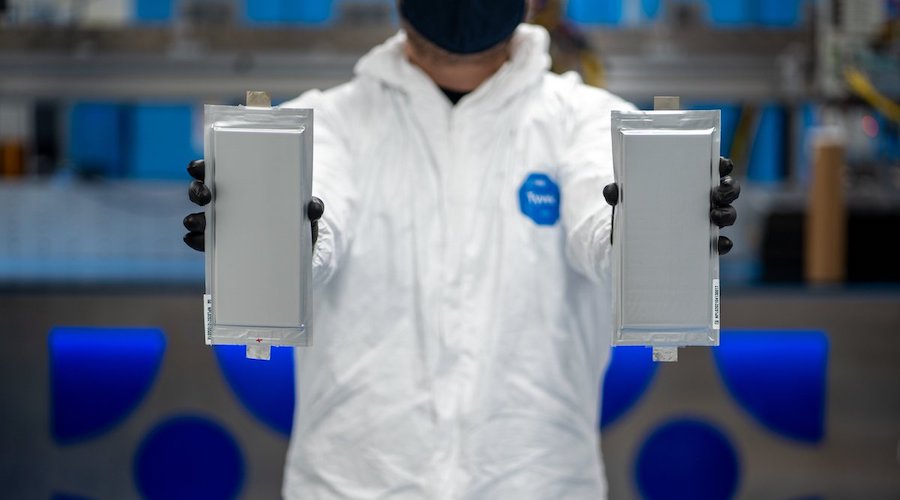The interest in solid-state batteries spurs from their safety features and the promise of increased energy density and range in electric vehicles. Instead of the flammable, liquid electrolytes used in conventional lithium-ion batteries, battery cell manufacturers install solid-state batteries with electrolytes in a solid form.
S&P’s report points out that companies such as Solid Power are already producing solid-state batteries for EVs while at the same time having advanced silicon, all-solid-state battery to production lines in Colorado.
The startup, whose proposal consists of adapting conventional lithium-ion battery manufacturing lines and equipment to produce solid-state batteries, actually has had hundred-million-dollar investments from Bayerische Motoren Werke AG and Ford Motor. The latter has said that it expects to shift a majority of its capital investment in lithium-ion battery manufacturing lines to the production of solid-state batteries.
Volkswagen has made similar moves and started working with technology company QuantumScape in 2012 to lock down solid-state battery technology, going on to launch a joint venture in 2018.
The German giant actually invested $100 million in QuantumScape in 2018 and another $200 million in 2020, and recently selected a location in Germany for a production plant devoted to piloting solid-state batteries.
For Caspar Rawles, an analyst with Benchmark Mineral Intelligence consulted by S&P Global Market Intelligence for the report, it is likely that more companies developing solid-state batteries are able to bring them to market around mid-decade or slightly after.
In his view, cost is, at present, the main inhibitor to large-scale commercialization of the battery for electric vehicles.
“As with all new technology, I would anticipate they are going to be more expensive initially,” Rawles said. “That means the solid-state batteries will likely be used in military drones or high-end sports cars before large-scale EVs.”
Rawles and other analysts interviewed by S&P believe that solid-state batteries could be integrated into existing lithium-ion battery supply chains and would have a minimal effect on demand for battery metals if scaled up.
For one, replacing a liquid electrolyte with a solid electrolyte involves a limited amount of material, though solid-state batteries have the potential to require less raw material than other electric vehicle batteries.
“That’s a very small proportion of the materials anyway, so I don’t think that’s too much of a major concern for the industry,” Rawles said. “And we’re still going to be using lithium-ion, as it is today.”




